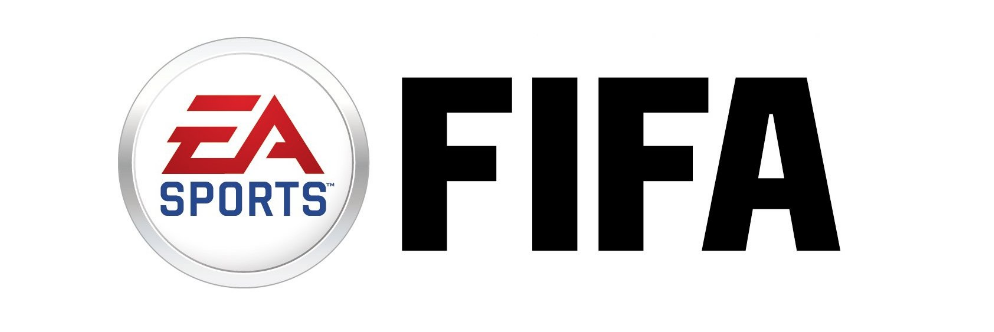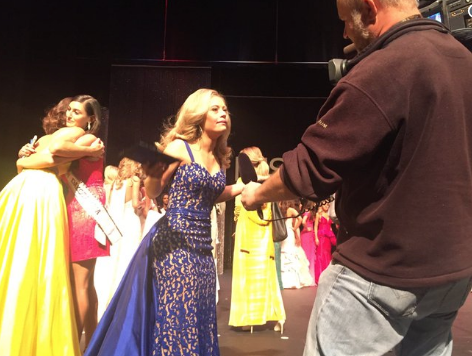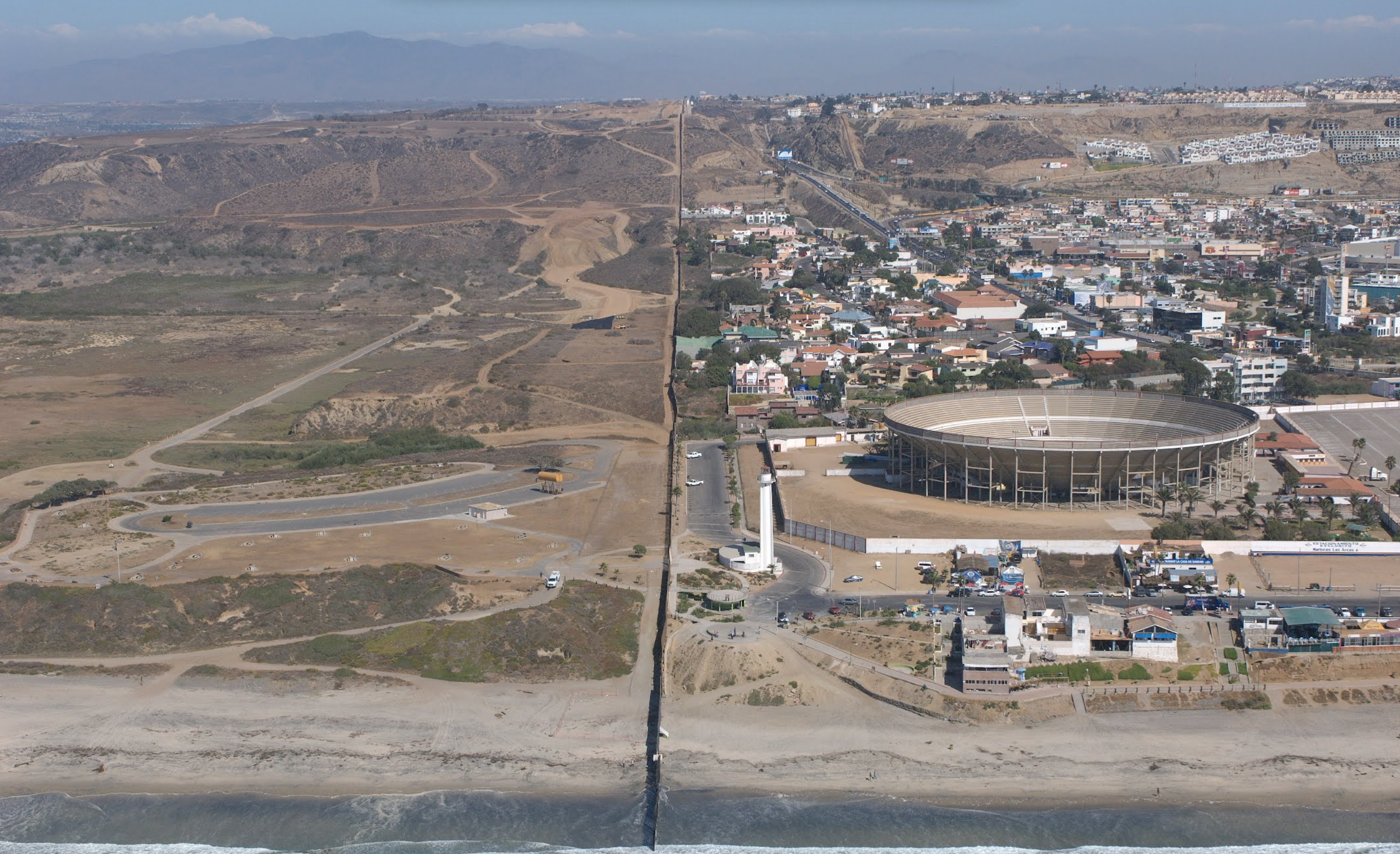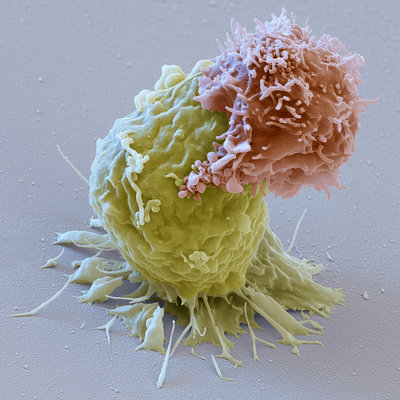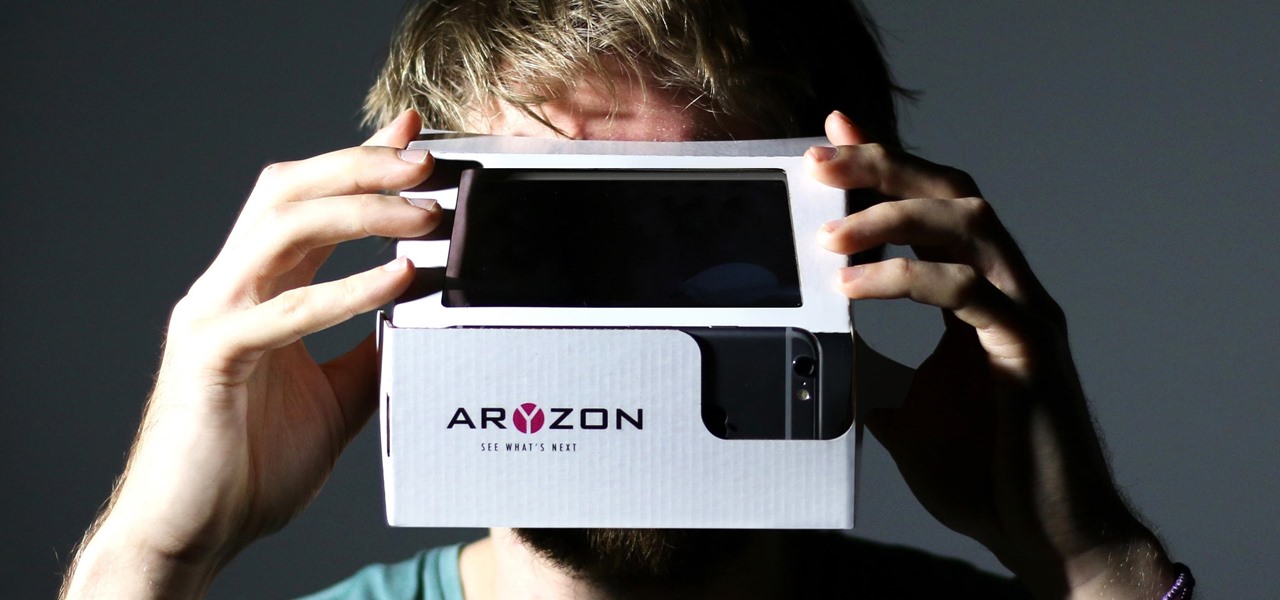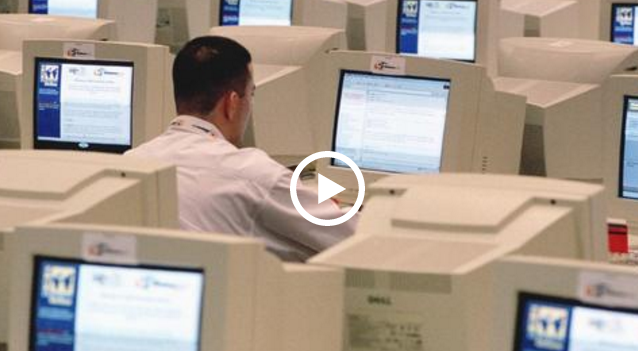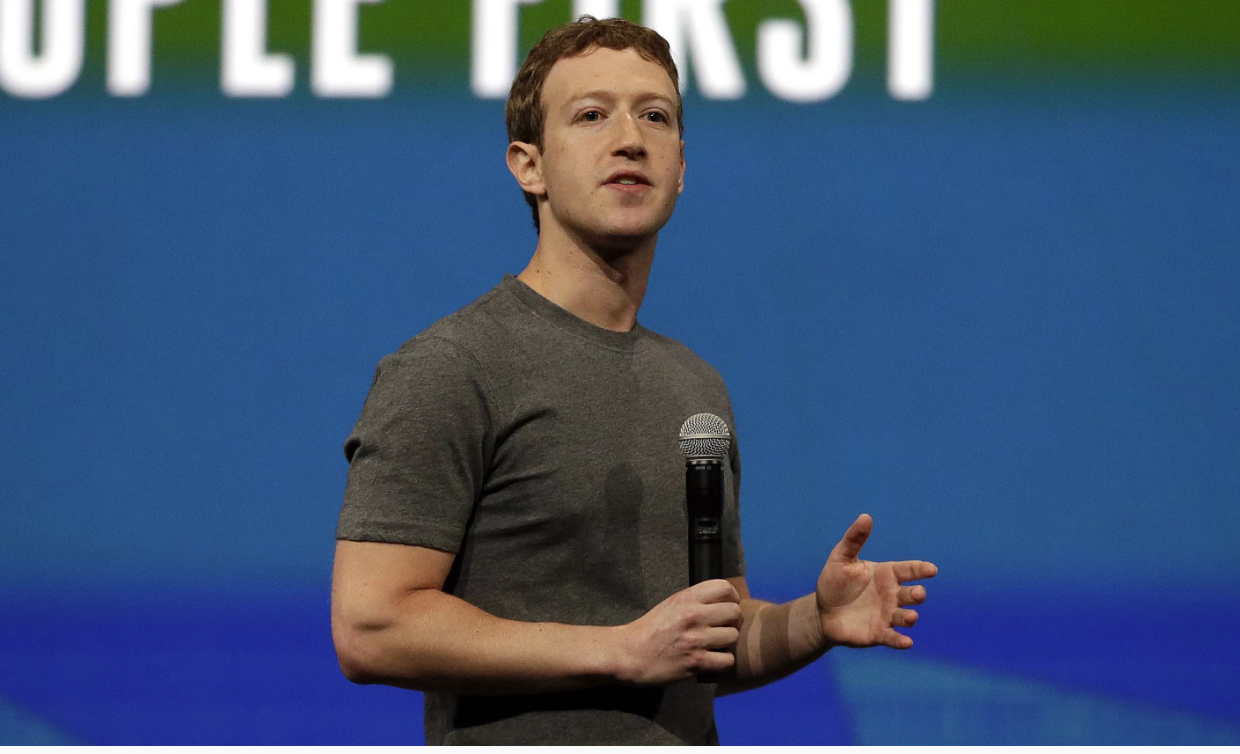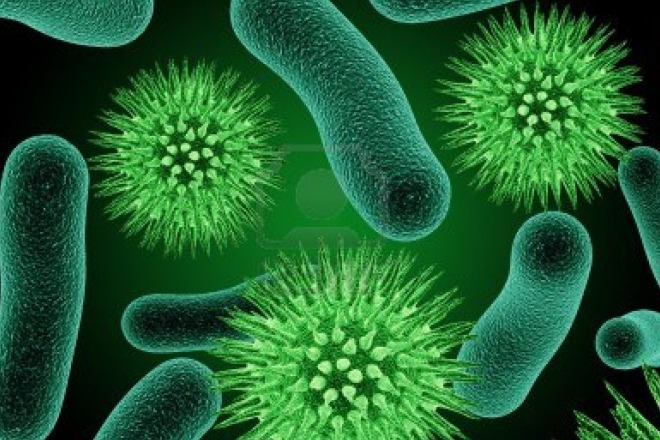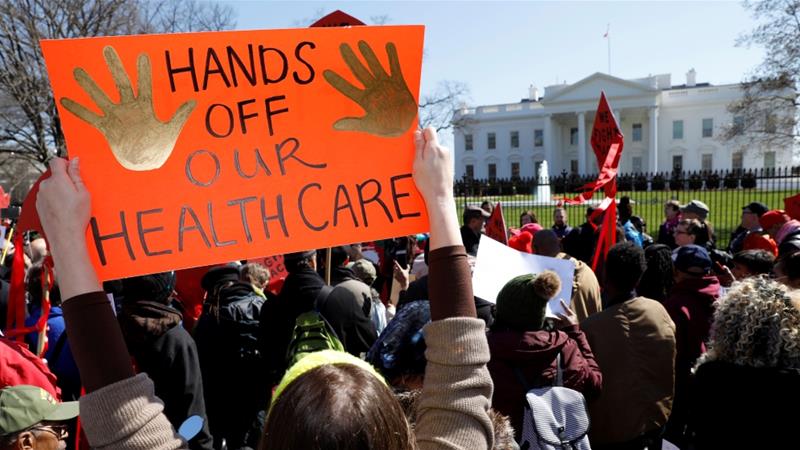Vaccinations mobilize the host immune system to prevent viral infections. Additionally, the chain of transmission is broken by vaccination. When active vaccines are injected into the patient, they confer long term protection. Active vaccines are constructed from a modified form of the pathogen or small material derived from the pathogen. Passive vaccines, when injected into the patient, only confer short term protection. Passive vaccines are usually made up of antibodies.
An infectious vaccine is one in which the vaccine is genetically altered so it is not able to reproduce the virus. This is called attenuation. Another means of producing a vaccine is with an inactive form of the virus which makes it unable to activate the virus. Other vaccines are constructed by fractionating the virus. The virus is broken up into components and inactivated. The inactivated vaccine needs to be purified before injecting it into the patient. An example of one inactivated vaccine is the inactivated polio virus vaccine. In this vaccine, polio virus is treated with formalin to destroy it’s infectivity. Once Jonas Salk demonstrated this polio virus vaccine to be over 50% protective in a test consisting of 1.8 million children, it was licensed.
DNA vaccines with cloned, amplified genes of the virus may also be used as long as they are safe. Sometimes, the genes may be inserted into a virus vector that is different from the virus that is being vaccinated against as well.





